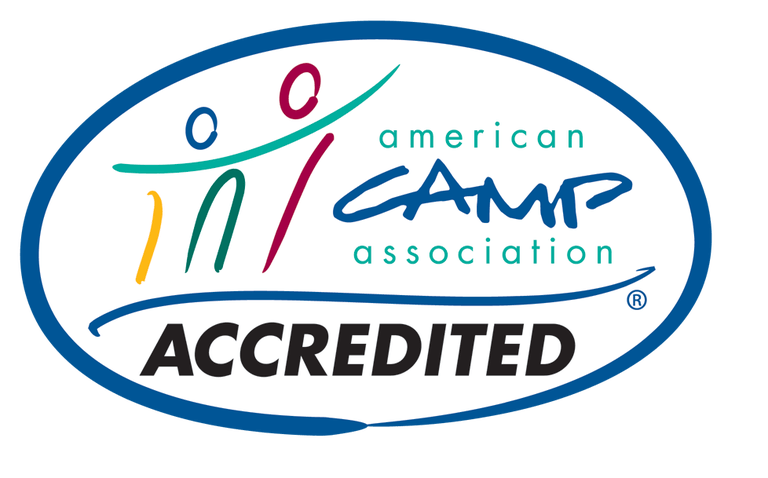Orcas: Part 2
/Check out some hunting strategies here: https://www.pbs.org/wnet/nature/killer-whales-killer-weapon-brain/11352/
Yesterday we started talking about Orcas and learned what kind of animal they are as well as the 3 different populations of Orcas that can be seen in Washington. If you missed that you can see it here: http://www.soundviewcamp.com/nature-blog/2020/4/27/orcas
Today we will learn more about Orcas, including how they hunt and what threats they face.
Hunting tactics
Orcas are known as apex predators because they are the top of the food chain. No other animal hunts them (other than humans…but that was mainly in the past). Like all other predators, Orcas help keep populations of other animals healthy because they are more likely to catch sick and old animals. Depending on the population of Orcas, they hunt a wide variety of animals from large fish to marine mammals to the occasional sea bird. Orcas are also incredibly intelligent and social. They use this to their advantage when hunting. While different populations of Orcas may have different specific strategies to catch their food, they all share a few common traits. One of these is that they all use echolocation to find their food. To do this, they make a sound that carries through the water. That sound wave will bounce off something nearby and return to the Orca. This tells the Orca how far the object is and it may even give some clues to what the object is. When a pod of Orcas finds food, they will work together to catch it. Communicating through clicks and whistles, they can work together to round up their prey. Each family group uses slightly different sounds to communicate to each other. They have large cone shaped teeth that interlock, helping the Orcas keep hold of their prey when they catch it. They also may use their tail to stun their prey before catching it.
Threats Orcas Face
Even though Orcas are not being hunted by other animals, they still face threats to their survival. The overall conservation status of Orcas as a species is somewhat unknown. Locally, the Southern Resident Orcas are considered endangered. One of the major threats they face is a lack of food. Because these Orcas primarily dine on salmon, their health is closely linked with the health of the Chinook Salmon population. The salmon population has been declining due to over-fishing and habitat destruction. This connects us back to the post on watersheds (http://www.soundviewcamp.com/nature-blog/2020/4/9/watersheds ) because salmon rely on healthy rivers in order to spawn, create more salmon. Therefore, the health of the rivers that the Chinook Salmon spawn affects the health of the Orca population.
Another threat Orcas face is toxins in their body. As apex predators, they eat animals who eat other animals. If, for example, krill have toxins in their body, either chemical from the algae they eat or micoplastics the size of algae, this would get passed to the salmon that eats it. As the salmon eats thousands of krill, the toxin builds up in their body. Then the Orcas are eating hundreds of salmon who may have toxins in their body. So this pollution is adding up even more in the Orcas and can make them sick. This process is called bioaccumulation or biomagnification. These toxins often come from chemicals and plastic that, through a watershed, find their way to the ocean.
Lastly, Orcas are affected by the amount of boat traffic there is on the water. Boats scare away prey, add disruptive noise to the water, and can potentially injure animals. This doesn’t mean we shouldn’t use boats at all. We just need to be mindful about how many boats are on the water and keep big distances between boat and Orcas.
Other things you can do to help Orcas is not use chemicals on your yard, pick up trash, volunteer to help restore salmon habitat, and share this information with others.






